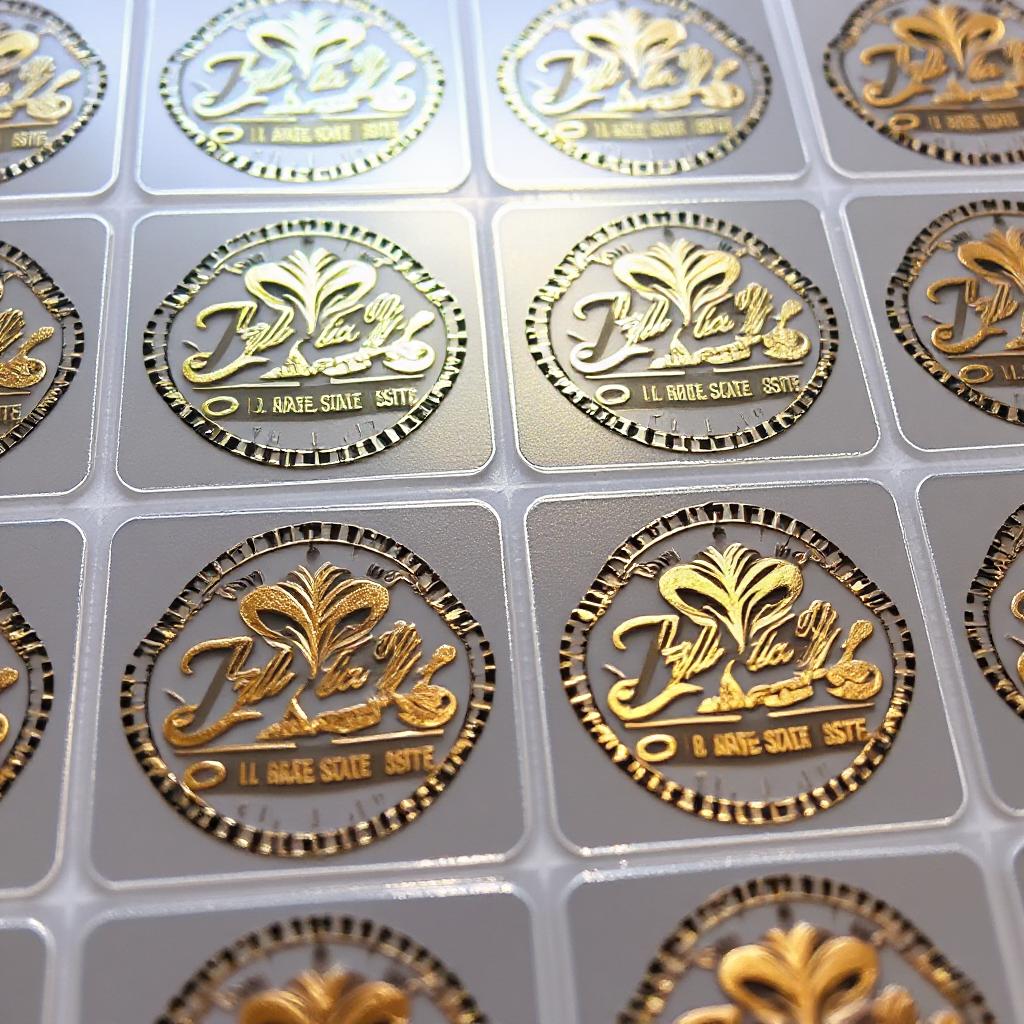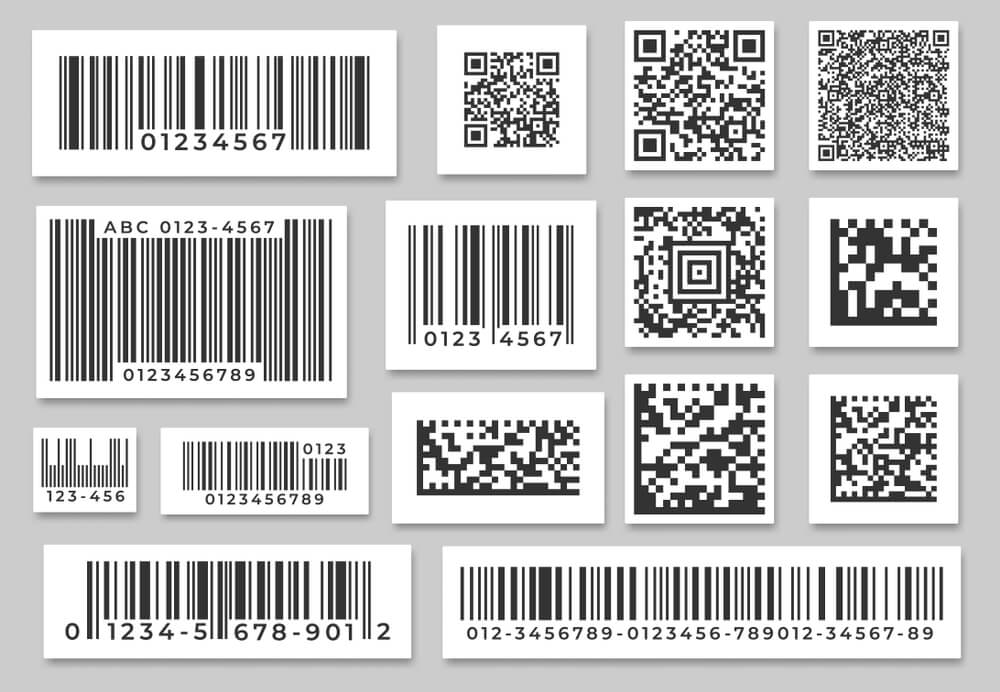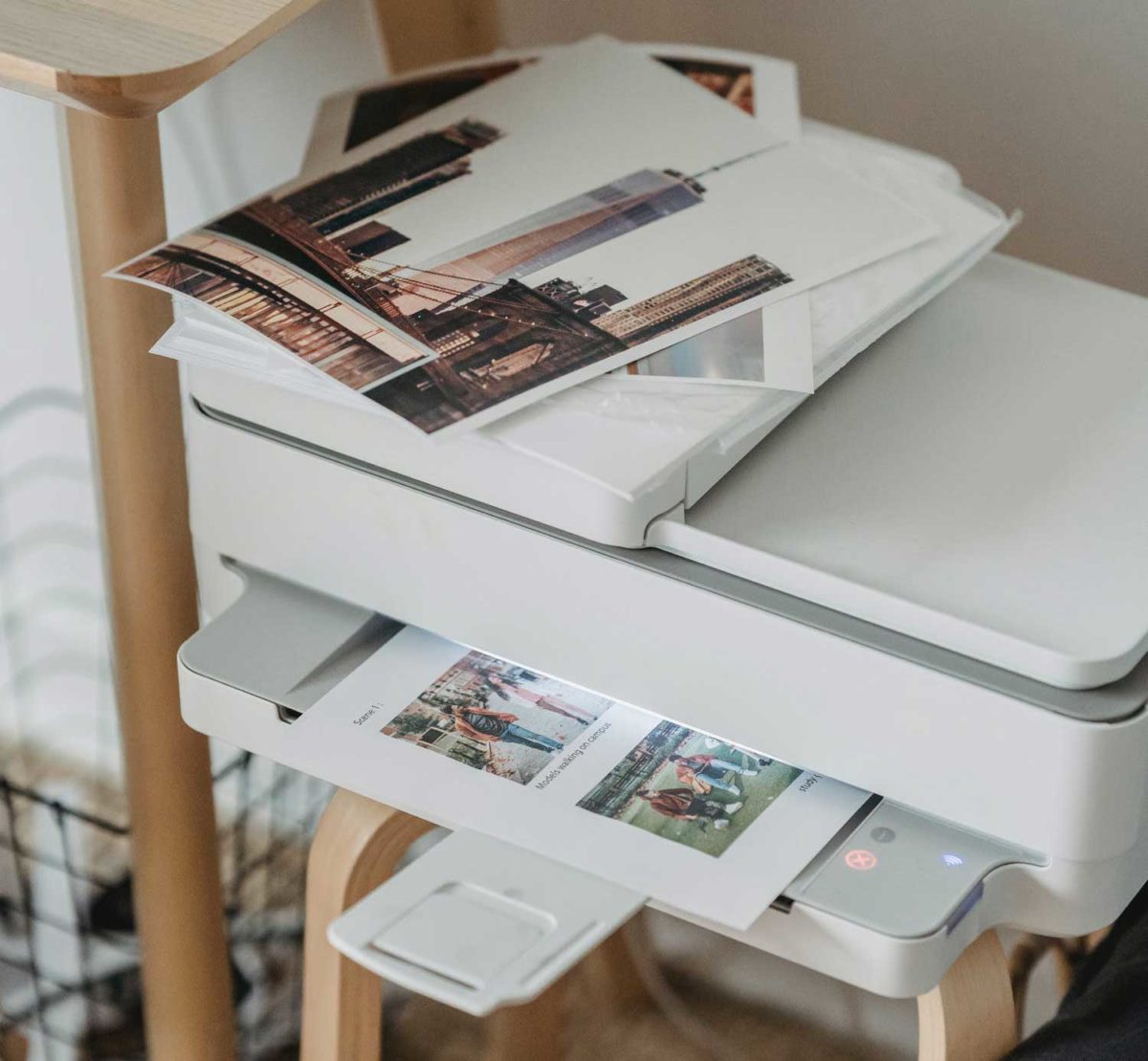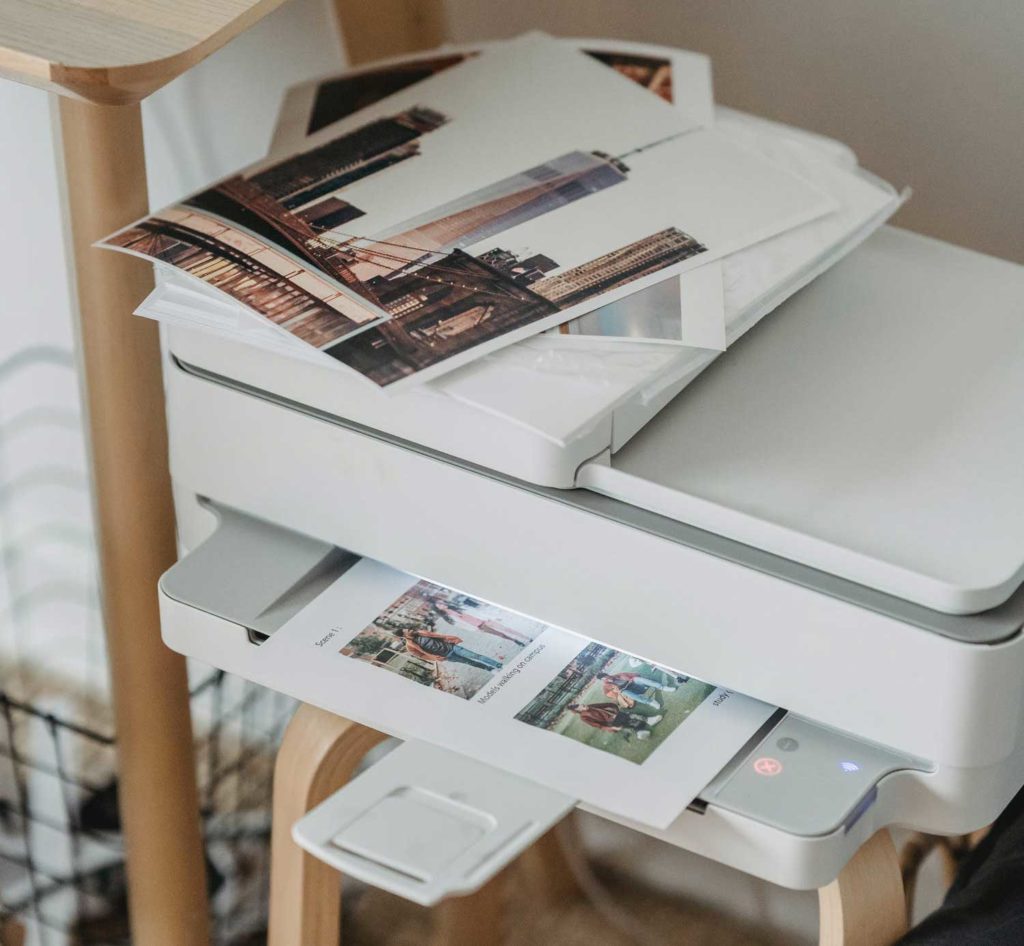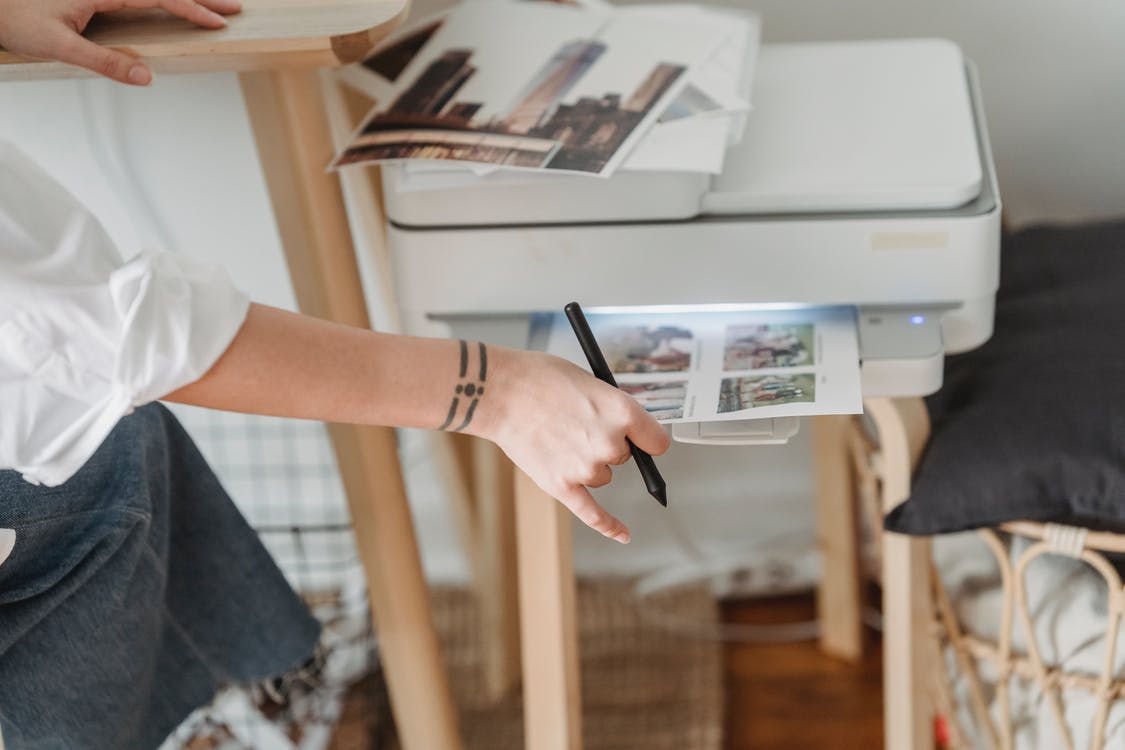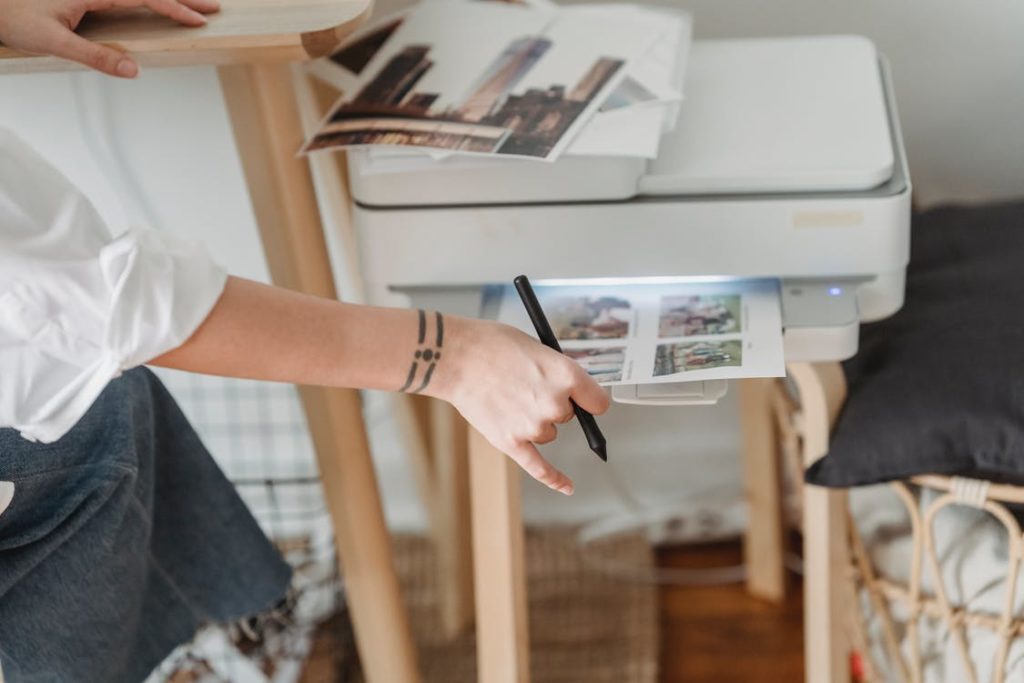Most potential customers researching for a new printer for regular use end up with one final decision: whether to buy a laser printer or an inkjet printer. These are very different devices that operate in their own dynamic ways and we are going to explore laser printers vs inkjet printers. Both specialize in specific aspects of printing and have proven their efficiency in doing so over the years. A proper understanding of their functionalities is necessary if you want perfect results based on your criteria.
Luckily, printers are not rocket science! Even a minimal understanding of printer characteristics is enough to prepare you for exploring the market. Unlike personal computers or mobile phones, only a few specifications in printers are important for users to worry about.
After designing a label, it is important to print them. This article provides a comprehensive guide on inkjet vs laser printers to help you find the ideal printing solution for your home or business. Let us begin with a brief description of inkjet and laser printers.
The Basics of Inkjet Printers
Founded in the early 1950s, inkjet printers are the traditional way to go. They work similarly to typewriters and are the most used these days. These devices operate by finely spraying minuscule ink droplets onto the paper and producing crisp results efficiently. Inkjet printers are great for printing sharp images and are relatively compact in size, making them slightly more portable. We will discuss more of these advantages later in this article.
The glaring problem with inkjet printers lies at their lower price ranges, as they tend to get overly expensive to operate and maintain down the line. We suggest you purchase at least a moderately-priced inkjet. If you do, you’ll reap the full rewards without worrying about unwanted expenses in the future.
The Basics of Laser Printers
Laser printers were introduced a couple of decades after their inkjet counterparts – in 1969 to be precise. These devices use toner cartridges containing toner powder that is applied to the paper after processing it. Thus the results of printing graphics and images are not as sharp as the inkjet printer. They are more expensive and bulky compared to inkjet printers but are capable of producing mass batches unmatched in the printing industry without compromising on quality or performance. Purchasing a high-end laser printer can set you up for years of effortless printing.
Laser printers did bring solutions to some of the shortcomings of inkjet printers, like the speed of operation and overall page yield. Laser printers introduced key features unique to them as well, but more on that later.
Laser Printer vs Inkjet Printer: The Mechanisms Involved
The major difference between laser and inkjet printers comes down to the core technology in charge of the mechanism. Below is a detailed explanation of their operating mechanisms.
Laser Printing Technology
As mentioned before, laser printers use toner powder stored in toner cartridges to print on paper. Initially, the printer needs digital information containing the blueprint for the document. This is relayed through an ethernet cable mostly, but can also be transferred wirelessly if the printer has that feature. Once the data is captured by the printer, a drum unit is used to control the overall charge of the surface. Laser printers use a hot wire to make the entire drum positively charged. This is necessary as these charges will then be reversed to mark the spots to be printed accordingly.
A laser is coursed through the sea of positive electrical charges to revert their polarising power in particular places on the surface. Anything that needs to be printed, be it a text or a graphical image, requires a negative charge in their dedicated spots, which is ensured by the laser.
Once the laser has completed the conversion, the printer then drives an ink roller all across the drum unit. This enables the toner to attach the powder to the negatively charged portions where the print is supposed to form. The drum unit should now be ready to transfer the toner powder to a piece of paper or label.
The paper provided is positively charged which ensures that the toner ink, being negatively charged, will stick to it rapidly and easily. Heat and pressure are used to thoroughly infuse the toner powder onto the paper before it is ready to come out from the other end of the printer. For this purpose, a laser sheet can be a perfect choice.
The clever use of charges, a laser, and toner ink greatly speeds up the printing process but is also responsible for the apparent lack in image quality compared to inkjet printers of similar features and price range. Getting a laser printer should be planned based on specific user requirements.
Inkjet Printing Technology
We already took a small glance at the mechanism involved with inkjet printing but now we will explain in detail. Inkjet printers are traditional printers that operate in a way similar to typewriters but in a more advanced form.
Numerous holes are present in the inkjet printer’s print head. Minute ink droplets are sprayed through these tiny chambers onto the paper with perfect placement and eventually form the desired images or texts. The ink used in inkjet printers can be of various forms: latex, oil-based, water-based, solvent-based, and so on. The user must make sure the ink is suitable for the printer as using any random dye might bring undesirable results or damage the printer permanently. The appropriate ink will always be specified in the manual.
The page is carried through the interior of the inkjet while a print head rapidly moves square to it. While moving, the print head actuates its holes to let spurts of ink through them when required. As the paper progresses, the image or text visibly begins to form on it. All the printer does is shoot ink in precise spots to create a physical version of the digital input you provided. A printout produced by inkjet printers is basically the systematic formation of millions, if not billions, of microscopic ink dots that represent a meaningful and sharp text or image.
Fortunately, the initiation of the entire process is similar to that of laser printers. You need a computer or mobile device to transfer your message to the printer through a cable or wirelessly. The quality of output from inkjet printers is extremely high due to the mechanism of using tiny dots of ink. Imagine using a thousand dots to print a single English letter like “W” or “B”! You would be amazed to see how sharp they look compared to printing them using laser printers. For this purpose, an inkjet sheet can be a perfect choice.
Laser Printer vs Inkjet Printer: The Differentiating Features
Certain types of printers are ideal in different situations. Some people might look for printers that don’t use ink to avoid the hassle of refilling every now and then. Others may simply be looking for the most economical color printer available in the market. A select few may find the advantage of a laser printer perfect for their tasks. It is essential to understand the fundamental differences between an inkjet printer vs laser printer before opting to purchase one. Below is a comprehensive list of differentiating features between them.
Speed and Volume of Operation
There is a clear difference between the speed of operation between laser and inkjet printers. Due to the use of repeated print head movement to print on the paper, inkjet printers are considerably slower than their laser counterparts. Users who need to make tons of printouts every day due to the nature of their work usually prefer laser printers due to their swift operations. Large organizations and businesses generally tend to use laser printers solely because of the sheer volume of output they can produce without overworking the machines. Whereas, choosing between a laser or inkjet printer for a small business doesn’t make much of a difference since both can do small jobs with ease.
A typical laser printer can print anywhere between 15 to 100 pages every minute while inkjet printers tend to deliver 15 to 16 pages on average. The difference is clear. Make sure you are aware of your needs and priorities before deciding on a printer.
Quality of Printouts
Printout quality is also an apparent difference between laser and inkjet printers. Inkjet printers are the market leaders when it comes to color printing in high resolution. Laser printers, however, stand-alone in the competition for producing extremely fast monochromatic outputs. Make no mistake: both are really good at their tasks and can create extremely fine details if needed.
To print vibrant colors and pixel-perfect graphics, inkjet printers utilize liquid ink. This means that color ranges across the spectrum can be used and produce an output that looks picture-perfect. These printers are also great for printing monochromatic content that is rich in detail. If the aim is to print mostly black and white, inkjet printers can prove to be an expensive ordeal.
On the other hand, laser printers shine in the field of black and white. The absence of wet ink means there is no bleeding of the colors or any smudges occurring after you handle a fresh printout. Close inspection of printed letters from an inkjet reveals a lack of preciseness compared to a laser printer’s black and white printouts. Organizations needing a bulk amount of textured printouts every working day should clearly opt for a laser printer.
Overall Costs Involved
It is always a good idea to plan ahead before purchasing a printer – or any other device for that matter. While it might not seem feasible to buy a laser printer upon looking at the costs upfront, it certainly makes up for this down the line. Extremely cheap inkjet printers are available for purchase in the market. It may feel like a smart deal, however, these variants eventually bring more plight than benefits. Ink cartridges are quite expensive and run out fast depending on use. The time will arrive when you realize you have already paid more for cartridges than your initial payment for purchasing the printer itself!
The simple fact that toner is a form of powder makes it significantly easier to produce, store, and ship compared to liquid ink. A great amount of engineering and expertise is needed to manufacture ink, making it a fairly expensive product. Additionally, the ink in the cartridge may start to dry out over time if left unused for a long time. In case that does happen, the entire cartridge loses its usefulness and turns into a complete waste of money.
On average, the minimum active lifespan of a laser printer is 2 years more than an inkjet printer. This in itself is a factor indicating a better return on investment (ROI) for a laser printer over its inkjet counterpart. Furthermore, some variants of laser printers come with scanning and faxing features, increasing their cost prices even more. In conclusion, although laser printers tend to have a higher initial cost, the operating costs are lower than inkjet printers because the powder is more resilient than ink.
FAQs:
Below is a list of frequently asked questions on the dilemma: laser printer vs inkjet printer.
I am looking for the most economical color printer available. What printer should I purchase?
While this depends on your usage volume, a general suggestion would be to get a color inkjet printer. This would produce lucid colors and come at cheaper rates relative to a laser printer.
I need printers that don’t use ink in order to avoid smearing fresh printouts. What printer is the best option?
Laser printers do not use ink and still produce crisp results that can be handled right after they are out of the printer.
My primary concern is durability. Which printer should I opt for?
Laser printers have a track record of operating longer than inkjet printers. They have a minimum average lifespan of 5 years while inkjets fall short with only 3 years.
Final Thoughts
The advantages of a laser printer do not necessarily make an inkjet printer obsolete. Both have their pros and cons. An inkjet printer vs laser printer is an age-old argument that might go on until a superior alternative arrives in the future. But for now, know their differences and what your needs and priorities are!
